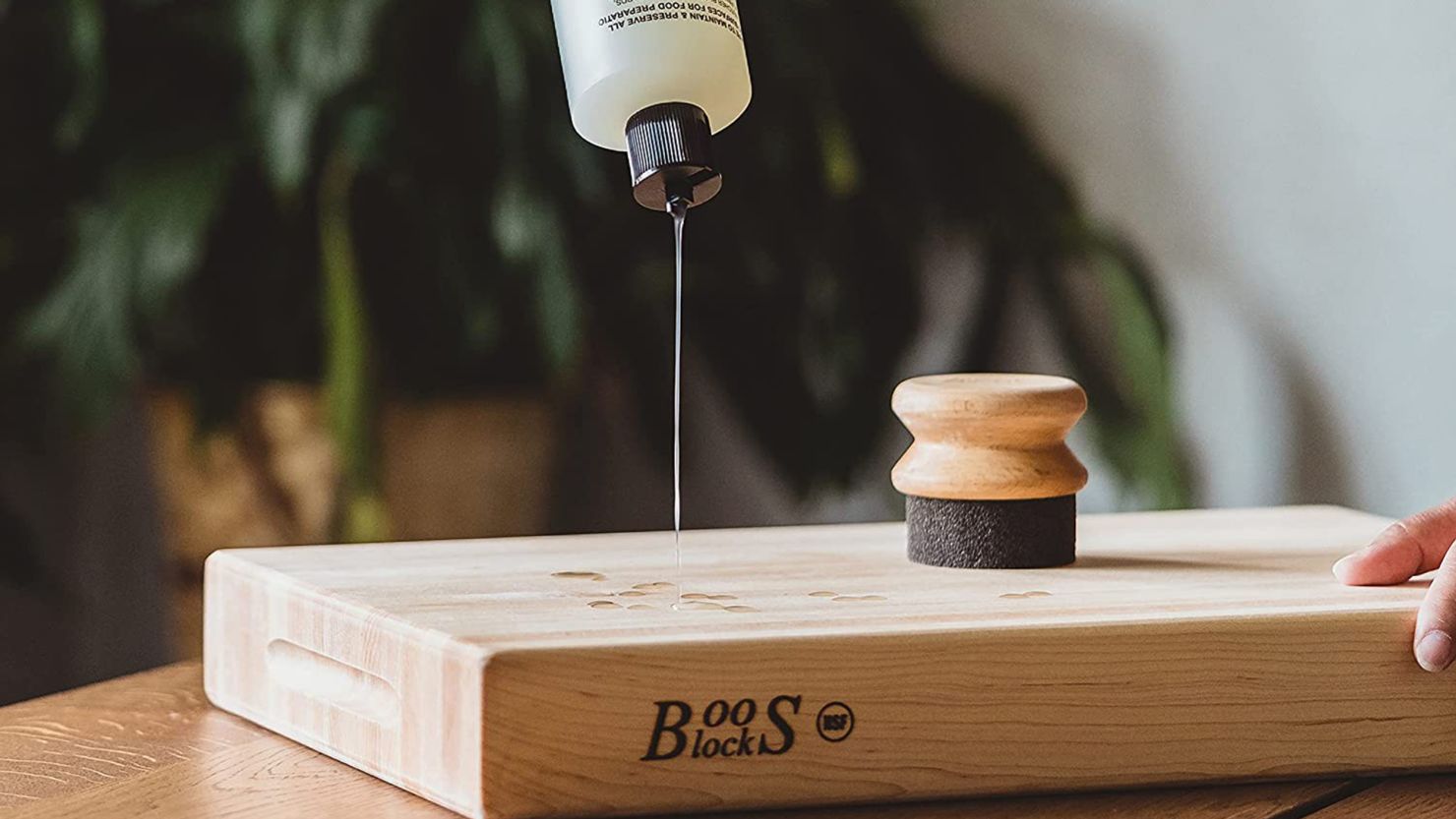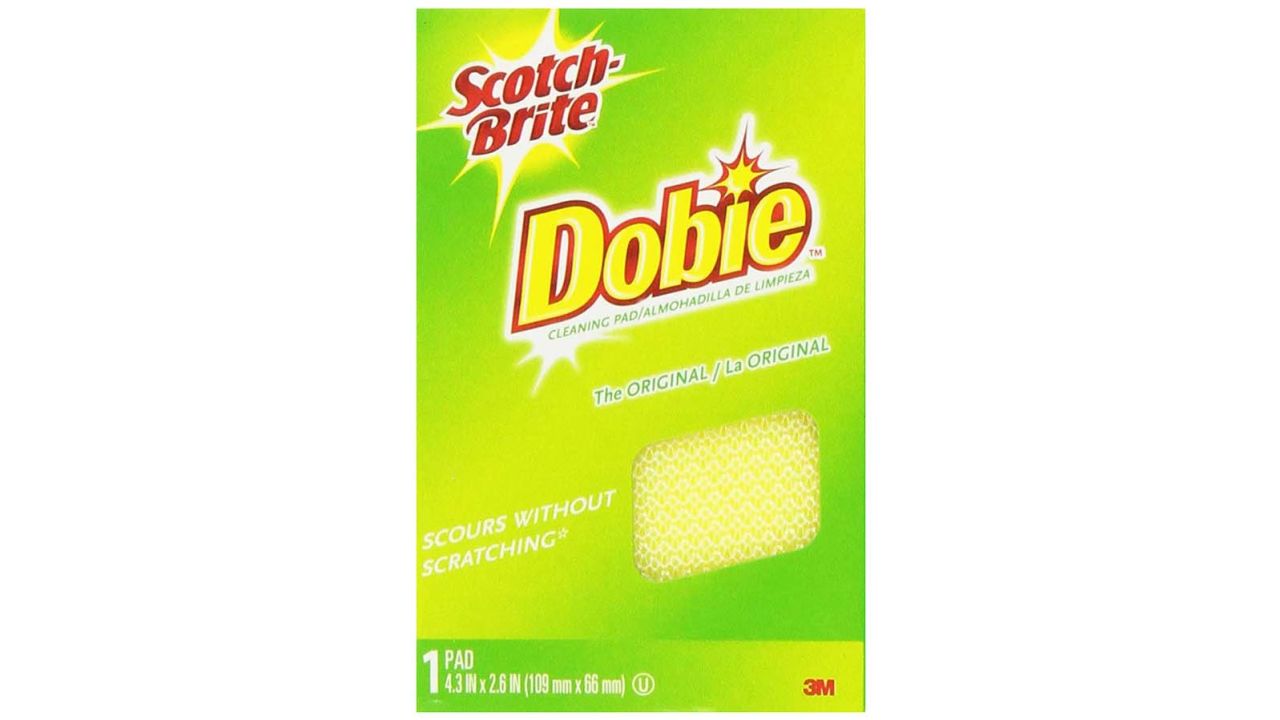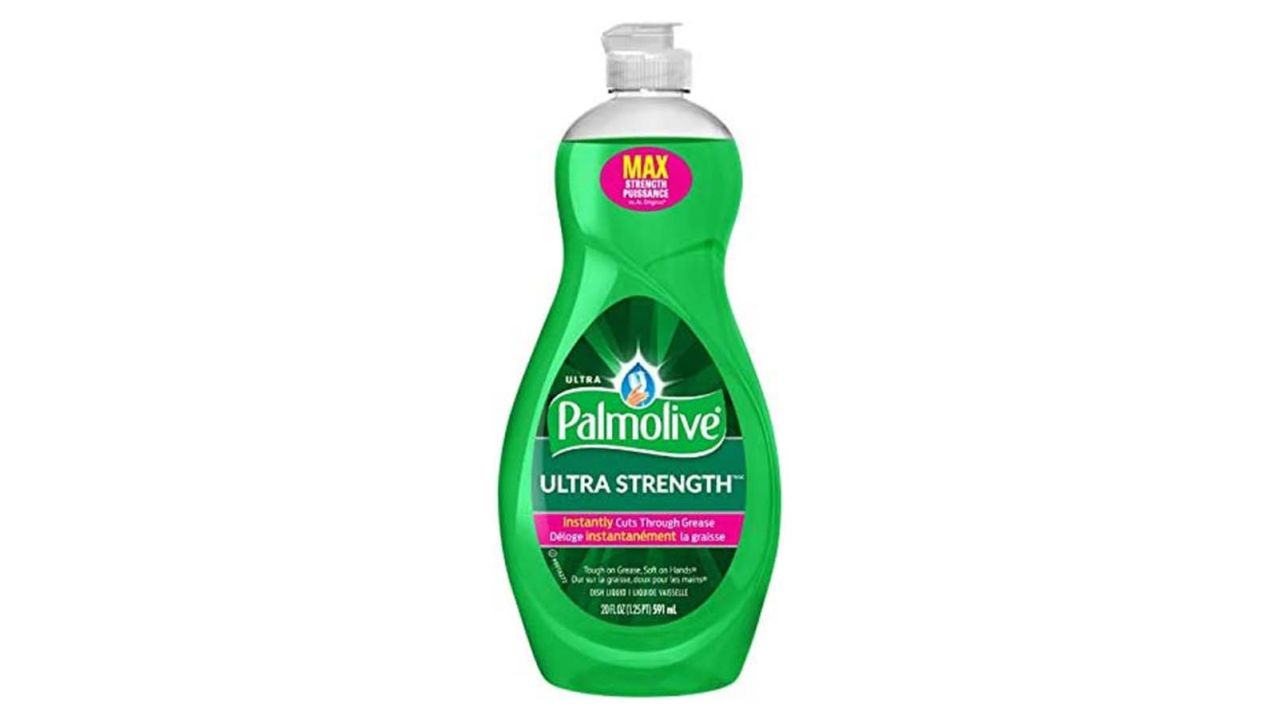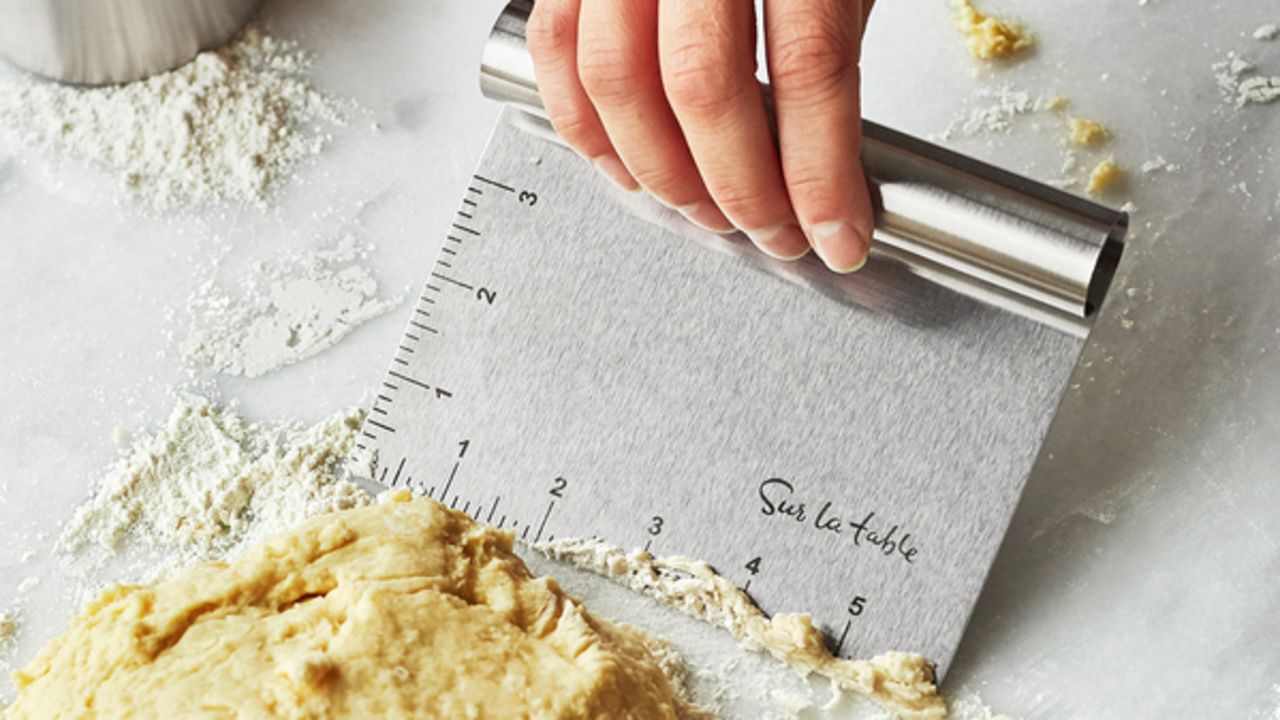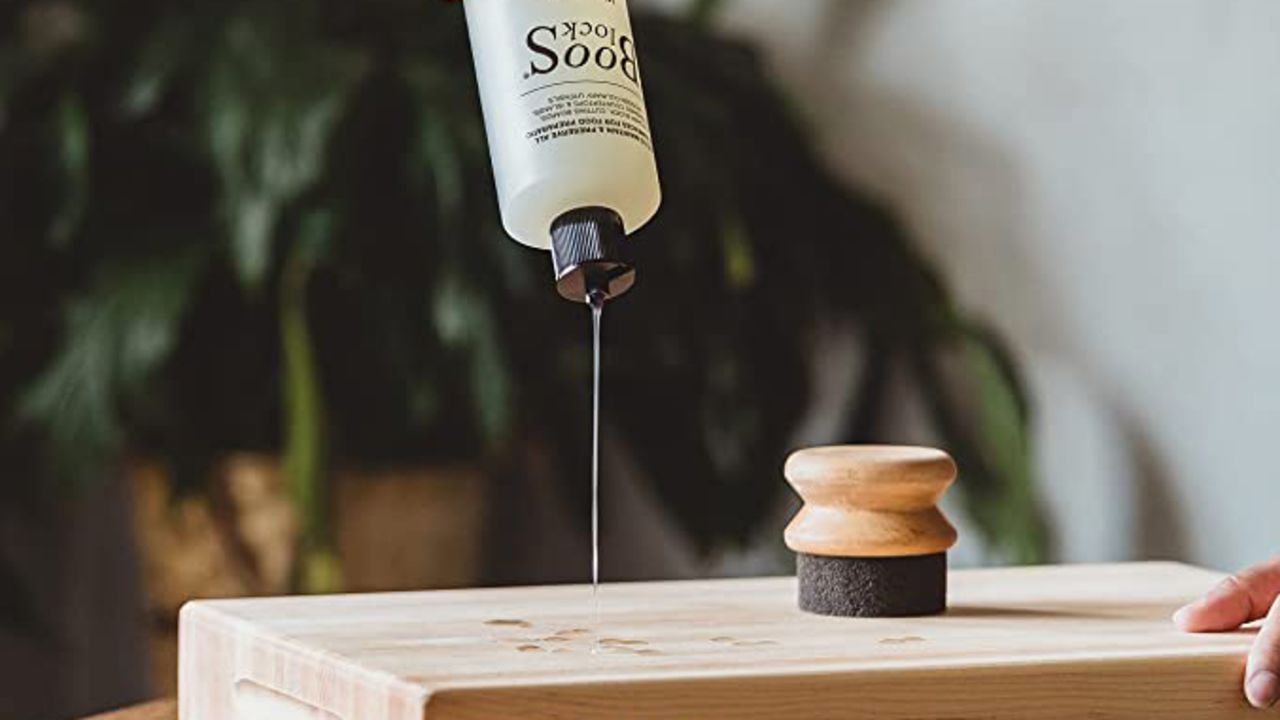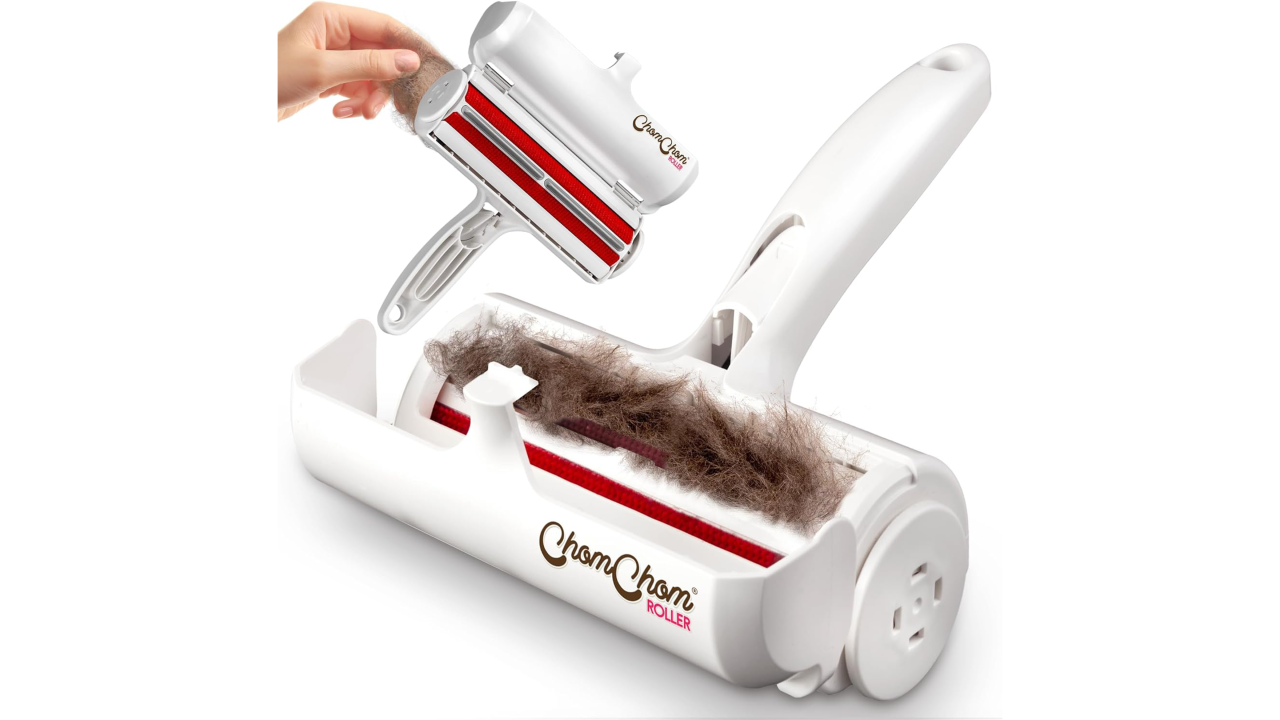The cutting board is the workhorse of the kitchen, and this important item needs to be cleaned and maintained properly to ensure bacteria that cause illness don’t linger on its surface after use. And since many boards are used for serving as well as for prep, you’ll want to keep them looking guest-worthy.
Cutting boards come in a variety of materials, from wood and bamboo to plastic and composite materials. There are also glass and natural stone boards that are used more for serving than for food preparation that also need to be properly cared for to ensure you do not sicken your household. Ahead, with the help of experts, we’ve broken down everything you need to know about washing, sanitizing, drying and storing cutting boards.
How to clean wood and bamboo cutting boards

“Wood cutting boards require a little bit more care than other boards,” says Meredith Abbott, a culinary director for Sur La Table. “However, if they are properly cared for they can last decades.” That process starts in the kitchen sink, not the dishwasher.
1. Wash it by hand
“For wood boards,” Abbott says, including butcher block counters, “scrub with hot, soapy water and a soft textured scrubber.” Wood cutting boards should be washed by hand after each use; never put a wood cutting board in the dishwasher.
2. Clean it with a bench scraper
To ensure the board is thoroughly cleaned, after washing the board with hot, soapy water, Abbott says to “scrape with a metal bench scraper, rinse with hot water and dry.”
3. Dry it immediately
It’s best to dry a cutting board immediately after washing rather than allowing it to air-dry, as moist conditions can lead to bacterial growth that can cause foodborne illnesses.
4. Use cutting board or butcher block oil
After drying, Abbott says, “rub butcher block oil into the wood.” Regularly oiling your wooden cutting boards will prevent the wood from drying out and becoming more porous. If all this seems like a lot of maintenance, consider bamboo boards, which require less care than their wood counterparts. “Bamboo boards can be scrubbed with hot, soapy water to clean,” Abbott says. However, like wood cutting boards, bamboo boards should be dried immediately after washing to prevent bacterial growth.
Essentials for cleaning cutting boards
Wood and bamboo
Dobie Pads are non-scratch abrasive sponges that are perfect for scouring delicate surfaces.
Wood and bamboo cutting boards should be washed by hand with good dish soap and hot water. Palmolive Ultra-Strength dish soap boasts hundreds of 5-star reviews.
A bench scraper helps to remove buildup that can lead to foodborne illnesses. This top-rated bench scraper is dishwasher-safe.
Butcher block oil helps to?maintain and preserve wood food preparation surfaces. John Boos Butcher Block Oil is National Sanitation Foundation certified and suitable for all wooden cutting boards and butcher blocks.
How to clean plastic or composite cutting boards
Since plastic is more durable and less porous than wood, cleaning a plastic cutting board is more straightforward. Sanitizing is simply a one- or two-step process, and you can use everyday household products like detergent and bleach.
1. Place it in the dishwasher
“One of the greatest benefits of a plastic cutting board,” says Ilana Rosen, a senior product manager at Oxo, “is that they are dishwasher-safe. Sticking your cutting board in the dishwasher is the best way to give your cutting board an everyday cleaning.”
2. Sanitize it with bleach
“If the board needs to be fully sanitized once in a while,” Rosen says, “especially after touching raw meat or poultry, create a solution with a ratio of 1 tablespoon of bleach to 1 gallon of water and soak for a few minutes before thoroughly washing it clean.” Don’t have room to soak your wooden cutting board? As we explain in this video tutorial, you can also mix a solution of 1.5 teaspoons of bleach with 1 pint of water and add it to a spray bottle. After coating the cutting board with the mixture, let it sit for two minutes before washing.
Essentials for cleaning cutting boards
Plastic and composite
For convenience, opt for a plastic or composite cutting board, which you can place directly in the dishwasher. Cascade’s Platinum Plus pods are a bestseller on Amazon, with over 80,000 5-star reviews.
Sanitize your plastic or composite cutting board by soaking it in a solution with a ratio of 1 tablespoon of bleach to 1 gallon of water. Afterward, wash it clean or place it in the dishwasher.
These Bar5F bottles are made from durable plastic that hold up against harsh cleaning solutions like bleach.
How to clean natural stone and glass cutting boards
“Stone and glass cause too much wear and tear on your knives; these are best used as cheese or charcuterie boards or serving pieces,” Abbott says. “I would suggest replacing these with bamboo, wood or plastic cutting boards.” Still, if you have a natural stone or glass board that needs a deep clean, there are a few tips to keep in mind.
Glass cutting and serving boards are best cleaned in the dishwasher, providing the board is dishwasher-safe. Glass boards can also be washed by hand with hot, soapy water and sanitized with bleach using the same method to sanitize plastic boards.
Marble, slate and other natural stone boards should be washed by hand with hot water, dish detergent and a nonabrasive sponge; do not use steel wool or other heavy-duty scouring sponges or brushes on natural stone. Natural stone boards should not be cleaned in the dishwasher, as the heat and temperature fluctuations can cause the stone to crack. Avoid exposing any kind of natural stone to acids, including vinegar and lemon juice, as they can cause pitting.
Essentials for cleaning cutting boards
Natural stone and glass
Like plastic cutting boards, glass serving boards can go in the dishwasher. These Environmental Working Group-certified pods are a more eco-friendly cleaning alternative to conventional dishwashing detergent, as they come in a compostable container that doesn’t use any plastics.
Scrub Daddy sponges adjust firmness depending on water temperature, making them a versatile addition to your kitchen arsenal. They’re also gentle enough to use on wood and stone cutting boards.
Tips for removing stains and odors from cutting boards

The best thing you can do to keep your cutting boards from taking on a foul odor is to keep them in tip-top shape. “A well-maintained cutting board should release smells fairly easily,” Abbott says, but when it comes to stains, things get a bit trickier. “Some foods just stain, like beets. I would suggest washing immediately after prepping those highly staining foods,” she says.
Rosen echoes that hard truth. “It’s not always possible to completely remove stains from your cutting board,” she says, “but I like to think of those stains as evidence of the effort I put into preparing meals for my loved ones.”
When it comes to stubborn odors, Rosen recommends using items that are probably already in your kitchen: “An easy way to remove stains and odor from your cutting board is to use the cut side of half a lemon to scrub the cutting board with salt. This can help to lift the stains and leave your cutting boards smelling fresh.” Just remember not to use this process on natural stone cutting boards. For more ways to deal with smells, check out our guide to the 17 best odor eliminators.
Essentials for removing stains and odors from cutting boards
Lemons are one of nature's finest odor eliminators. When paired with salt, they can help remove stains from your cutting boards too (as long as they aren’t made of natural stone).
For the toughest stains and odors on wooden cutting boards, consider using a cutting board cleaner. Howard’s cleaning solution is safe to use on any wood surface and is formulated with lemon and coconut oil.
When to replace a cutting board
Regardless of what material they’re made of, cutting boards have a life span, and they do need to be replaced every few years.
“Replace boards of any material when they develop deep grooves that are hard to clean,” Abbott says. “A sign that your wood or bamboo board needs to be replaced is if it’s warped or has cracks in the grain.” Plastic or composite boards should be replaced every few years, while a wood cutting board with deep scratches but no cracking can be refinished by sanding, cleaning and oiling it. “But,” Abbott says, “trust your gut. If you think your board needs to be replaced, replace it.”
When it’s time for a new one, our review of cutting boards can help you pick the one that’s best for you.
